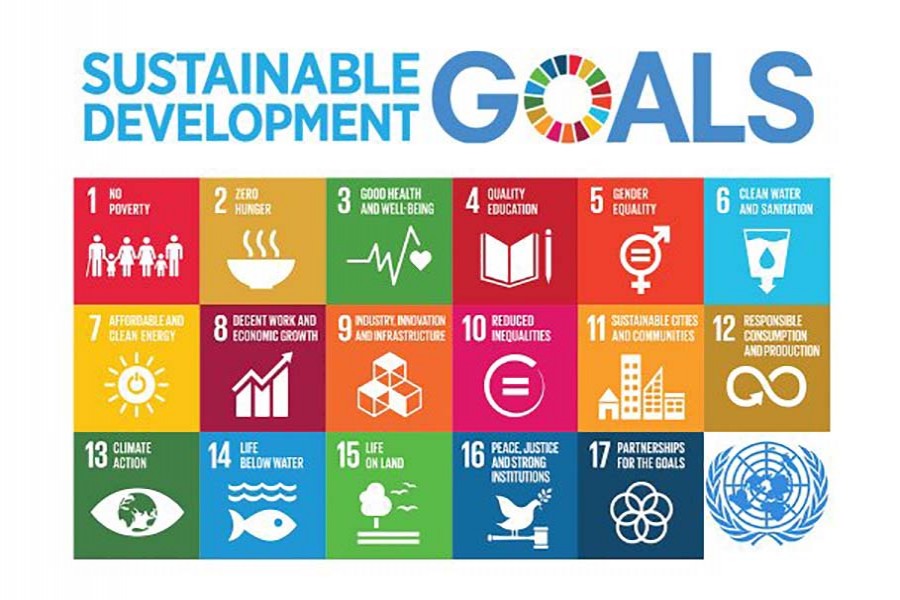Six factors are deepening vulnerabilities in Bangladesh, which in turn are proving to be the main obstacles for the country to achieve the Sustainable Development Goals (SDGs) by 2030, said a new study.
The six factors are lack of access to quality education, wide infrastructure gaps, social discrimination, natural calamities due to geographical location, various forms of insecurity and lack of quality and disaggregated data, according to the study.
The report by Centre for Policy Development (CPD) titled 'Quest for inclusive transformation of Bangladesh: Who not to be left behind' will be revealed on Wednesday at a daylong Citizen's Conference on SDGs in Bangladesh 2017 in Dhaka, says a UNB report.
Towfiqul Islam Khan, a Research Fellow of CPD acted as the principal researcher of the team. The six factors were identified through focus group discussions.
The vulnerabilities are underpinned low income status, lifecycle phenomena, adverse location, gender discrimination, civil identity problems, physical and mental disabilities and social stigma, the CPD study said.
It said increasing income inequality is aggravating the problems and the asset inequality is increasing even faster.
Determining who is being left behind in Bangladesh by the term 'vulnerability', the report used 12 vulnerability criteria to identify and assess vulnerable groups.
The criteria are income, gender, geographic location, lifecycle, civil identity, disability, education and skills, health, occupation, religion and ethnicity, sexual orientation and shock-induced vulnerability.
Besides, income and wealth inequalities appear to be greater in urban areas, while consumption inequality seems to be increasing in rural areas and decreasing in urban areas.
It said income poverty contributes significantly towards vulnerability and that people who meet more vulnerability criteria are more susceptible in terms of income. Poverty, occupation, educational attainment and age are highly correlated with higher vulnerability according to the vulnerability index.
The study, however, said poverty, education and inequalities are adequately addressed by policies, while lifecycle-based vulnerable groups are most frequently addressed by policies.
But it said delayed implementation of key policies taken in favour of the disadvantaged is not helping the situation.
Besides, policies addressing groups affected by climate shock-induced vulnerabilities are not proactive, while certain vulnerable groups like Dalit community, other minority ethnic groups and religious minorities remain excluded from policies.
The report suggested that access to assets for vulnerable groups needs to be prioritised, while coverage and enforcement of anti-discrimination rights must be improved.
It also suggested taking an integrated plan to generate more data and information on vulnerable groups.


